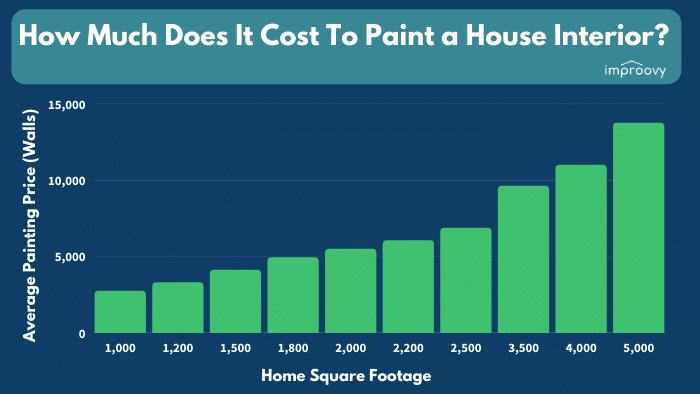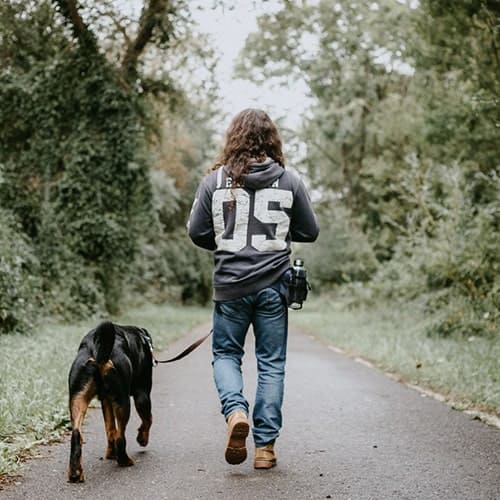Exploring the Interior Painting Cost per Square Foot

Dive into the world of interior painting cost per square foot with this captivating introduction. From the factors influencing costs to cost-saving tips and pricing estimates, this topic offers a comprehensive look at what goes into determining the expenses of a painting project.
Uncover the breakdown of average costs, learn how to save money without compromising quality, and gain insights into pricing estimates - all in one engaging read.
Factors affecting interior painting cost per square foot
When determining the cost of interior painting per square foot, several factors come into play that can influence the overall price of the project. Understanding these factors is essential for accurate budgeting and cost estimation.
1. Type of paint
The type of paint you choose for your interior walls can heavily impact the cost per square foot. High-quality paints tend to be more expensive but offer better coverage and durability compared to cheaper alternatives. For example, premium brands like Benjamin Moore or Sherwin Williams will cost more per square foot than generic brands.
2. Wall condition
The condition of the walls to be painted can also affect the cost. Walls that require extensive prep work, such as filling in cracks, repairing drywall, or removing old wallpaper, will increase the overall cost per square foot. Smooth, well-maintained walls will be easier and cheaper to paint compared to damaged or uneven surfaces.
3. Square footage
The size of the area to be painted is a significant factor in determining the cost per square foot. Larger rooms or spaces will require more paint and labor, leading to a higher overall cost. On the other hand, smaller rooms with less square footage will be more affordable to paint.
4. Paint finish
The type of finish you choose for your interior walls, such as flat, eggshell, satin, or semi-gloss, can impact the cost per square foot. Higher gloss finishes tend to be more expensive but offer greater durability and easier cleaning compared to flat finishes.
The choice of finish can affect the overall cost of the painting project.
Average cost breakdown for interior painting
When it comes to interior painting, understanding the breakdown of costs per square foot is essential. This breakdown typically includes labor, materials, and preparation costs, all of which can impact the total cost of the project.Labor costs are a significant factor in the overall cost of interior painting.
Professional painters typically charge per hour or per square foot, depending on the complexity of the job. The skill level of the painters, as well as the size of the painting crew, can also influence labor costs.Materials, such as paint, primer, and supplies, are another component of the cost breakdown.
The type and quality of paint chosen can significantly affect the overall cost. Higher-quality paints tend to be more expensive but can result in a better finish and longer-lasting results.Preparation costs should not be overlooked when considering the total cost of interior painting.
This includes tasks such as cleaning, sanding, and priming surfaces before painting. The condition of the walls and the amount of prep work required can impact the overall cost of the project.
Cost comparison of different paint finishes
When choosing a paint finish for your interior walls, it's essential to consider the cost implications of each option. Here is a comparison of the costs associated with different types of paint finishes:
Matte finish
Matte paint is the least expensive option, making it a popular choice for budget-conscious homeowners. It provides a smooth, non-reflective finish but may require more frequent touch-ups due to its susceptibility to marks and stains.
Semi-gloss finish
Semi-gloss paint is more durable and easier to clean than matte paint, but it typically costs more. This finish is ideal for high-traffic areas such as kitchens and bathrooms, where walls are more likely to get dirty.
High-gloss finish
High-gloss paint is the most expensive option but offers a shiny, reflective finish that is highly durable and easy to clean. It is commonly used on trim, doors, and cabinets to add a polished look to a room.When considering the cost breakdown of interior painting, it's essential to factor in the type of paint finish you choose.
While matte paint may be more cost-effective initially, high-gloss paint may offer better durability and longevity, potentially saving money in the long run
Cost-saving tips for interior painting projects

When looking to save on your interior painting project, there are several strategies you can implement to reduce costs without sacrificing quality.
Consider DIY Options
If you have some experience with painting and are comfortable taking on the task yourself, opting for a do-it-yourself approach can significantly cut down on labor costs. Be sure to properly prepare the surfaces, use high-quality tools and materials, and take your time to ensure a professional finish.
Know When to Hire a Professional
While DIY painting can save money, there are instances where hiring a professional painter may be more cost-effective in the long run. Complex painting techniques, hard-to-reach areas, or tight deadlines may warrant bringing in a professional who can get the job done efficiently and with precision.
Estimate Paint Quantities Accurately
One common source of overspending on a painting project is purchasing more paint than needed. To avoid wastage, accurately calculate the amount of paint required based on the square footage of the area to be painted. Consider factors like the number of coats needed, the type of paint finish, and any special requirements for the project.
Understanding pricing estimates and quotes
When it comes to interior painting projects, it is essential to understand how painters typically provide pricing estimates and quotes to ensure transparency and accuracy throughout the process.
How painters provide pricing estimates
- Painters usually provide pricing estimates based on the scope of work required for the project. This includes factors such as the size of the area to be painted, the type of paint to be used, the level of preparation needed, and any additional services requested by the client.
- Many painters offer free on-site consultations where they assess the project and provide a detailed estimate based on their evaluation.
- Some painters may also provide estimates over the phone or through email, although an in-person assessment is generally more accurate.
What should be included in a comprehensive painting quote
- A comprehensive painting quote should include a detailed breakdown of the costs involved in the project. This should cover the cost of materials, labor, equipment, and any additional services.
- The quote should specify the type and brand of paint to be used, the number of coats required, and any surface preparation needed before painting.
- It should also Artikel the timeline for the project, including start and completion dates, as well as any warranties or guarantees provided by the painter.
Common pricing structures used by painting contractors
- Flat rate: Some painting contractors may offer a flat rate for the entire project, regardless of the size or complexity of the job. This can provide clarity and simplicity for clients.
- Hourly rate: Other painters may charge an hourly rate for their services, which can be beneficial for projects with uncertain timelines or extensive preparation work.
- Square footage-based: Many painting contractors base their pricing on the square footage of the area to be painted. This allows for more accurate estimates and ensures that clients only pay for the work that is actually done.
Conclusive Thoughts
As we wrap up our discussion on interior painting costs per square foot, remember that a well-informed approach can lead to cost-effective and visually stunning results. Whether you're a DIY enthusiast or seeking professional help, understanding the intricacies of pricing is key to a successful project.
Essential FAQs
What factors influence interior painting cost per square foot?
Factors like paint quality, surface preparation, and labor costs can significantly impact the overall cost of painting per square foot.
How can one estimate paint quantities accurately?
To estimate paint quantities accurately, measure the walls' height and multiply it by the total perimeter. Subtract areas that won't be painted, like windows and doors, to get a more precise estimate.
What are the different types of paint finishes and their cost differences?
Paint finishes like matte, semi-gloss, and high-gloss vary in cost due to the materials used and the application process. Matte finishes are usually more affordable compared to high-gloss finishes.
When is it best to hire a professional painter?
It's best to hire a professional painter for complex projects or if you lack the time or expertise to complete the job to a high standard. They can ensure a quality finish and save you time and effort.

